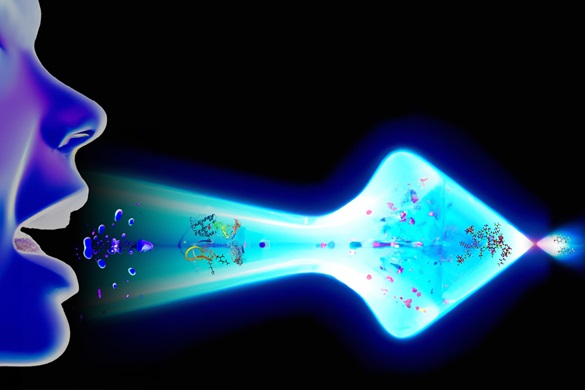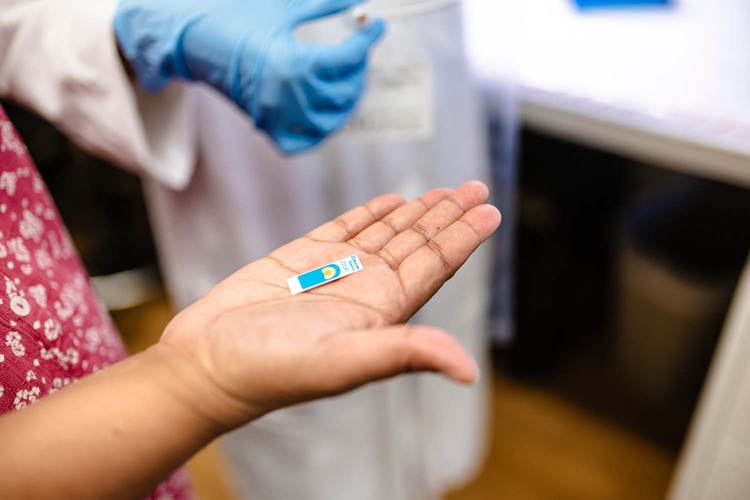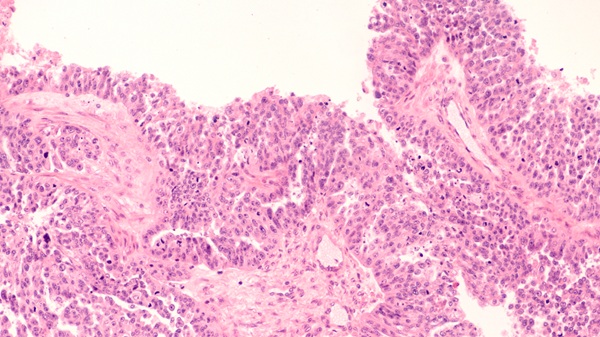New Saliva Test Rapidly Identifies Paracetamol Overdose
Posted on 06 Dec 2024
Paracetamol is the most widely used medication worldwide, and its easy availability contributes to its frequent misuse and overdose. Overdosing on paracetamol can lead to liver toxicity, requiring hospitalization. Without prompt treatment, it can result in severe consequences such as liver failure, the need for a transplant, or even death. N-acetylcysteine (NAC) is the standard treatment for paracetamol overdose and is effective in preventing acute liver injury (ALI), but it must be administered within 8 hours to be most effective. Quick and accurate paracetamol quantification is critical in guiding overdose treatment. Existing methods typically involve invasive sampling and lengthy processing times. Now, researchers have introduced a groundbreaking technique that allows for rapidly detecting paracetamol levels from saliva.
In a study published in the journal BMC Medicine, a team led by the University of Liverpool (Liverpool, UK) demonstrated the clinical validity of a novel Mass Spectrometry-based technique that tests a small drop of saliva on paper for paracetamol levels. This technique, called Paper-Arrow Mass Spectrometry (PA-MS) was found to offer superior analytical performance with reduced time, resources, and clinical involvement compared to traditional methods.

The research team tested the technique using both saliva and plasma samples from volunteers who had taken paracetamol. They found saliva to be the preferred sample for paracetamol detection. The PA-MS method proved reliable for detecting paracetamol in stimulated saliva, offering a valuable tool for making timely treatment decisions. For the first time, the study also identified differences in paracetamol concentrations between resting and stimulated saliva, underscoring the importance of standardizing saliva collection methods. This breakthrough marks a significant step forward in the development of rapid and convenient saliva-based diagnostic tools.
“This study demonstrates successful testing of the new PA-MS test in a clinical environment and lays the foundation for advancing point-of-care testing across emergency and routine clinical settings,” said Dr. Simon Maher, an expert in Mass Spectrometry Technologies with the University of Liverpool’s Department of Electrical Engineering and Electronics. “This innovation represents a significant step forward in ambient ionization mass spectrometry techniques, with the potential for broad application in clinical diagnostics.”







 Analyzer.jpg)






